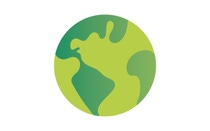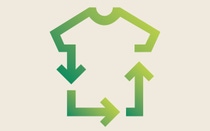Our Mission
We rewrite the rules of the textile game.
120 million tons of textile waste* and counting. 120 million tons of valuable resources being dumped every year. This is a two-way disaster – environmental pollution as well as a waste of precious resources.
We turn the problem into a solution. We turn textile waste into a valuable resource. We turn end-of-life textiles into new garments.
* Sajdeh, Martinez-Pardo, Meyer zum Felde, Lange, Tieri, Evans, (2025) Spinning Textile Waste into Value,The Boston Consulting Group, Boston
Time to tackle textile waste.
Time for loopamid®.



Closing the loop on textile waste through recycling is a crucial step towards a more sustainable future. Our mission is to enable true circularity for the textile industry by overcoming limitations of the current recycling processes – especially for nylon garments.
With loopamid®, we create new and highly sustainable materials from end-of-life textiles which would be otherwise dumped or incinerated. We rewrite the rules of the textile game with new garments made of textile waste.

We help to reduce environmental pollution.
An average of 120 million tons of textile waste ends up on landfills or in incineration plants, or – even worse – is dumped in the environment. Considering consumer habits and fashion trends, this number is consistently rising.
We help to save precious resources by keeping raw materials in the loop.
As textile waste piles up, these valuable resources go to waste, exacerbating the strain on the planet's limited resources. Recycling textile waste can significantly alleviate this issue by reducing the demand for new raw materials.


We help to lower the carbon footprint of the energy-intensive textile industry.
Two billion tons of CO2 every year*: this is the estimated CO2 footprint of the textile industry. The pressure is on to bring this number down. loopamid keeps raw materials in the loop. Less petrochemicals to be used – less CO2 to be emitted.
* McKinsey and Global Fashion Agenda: Fashion on Climate (2020)